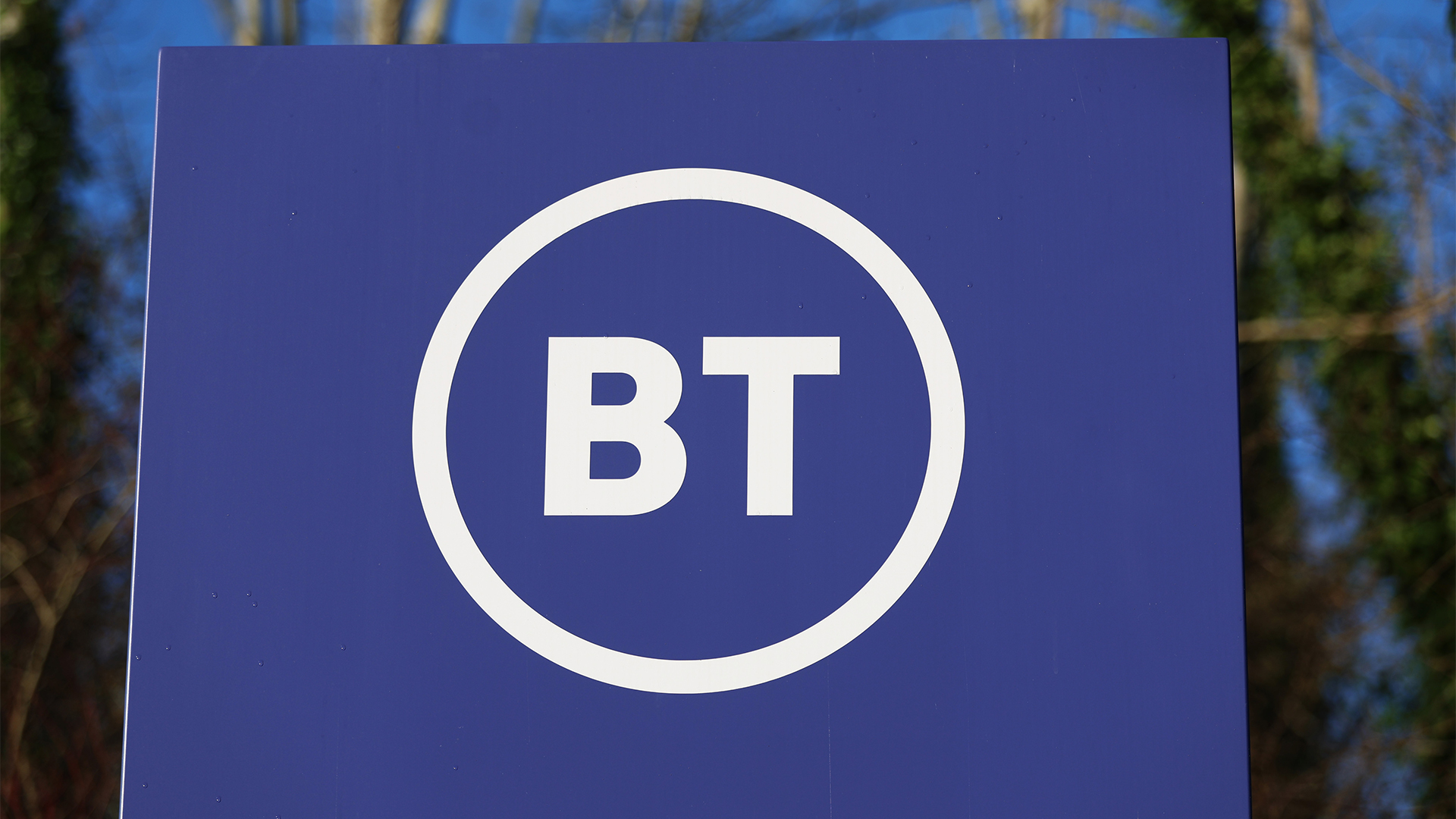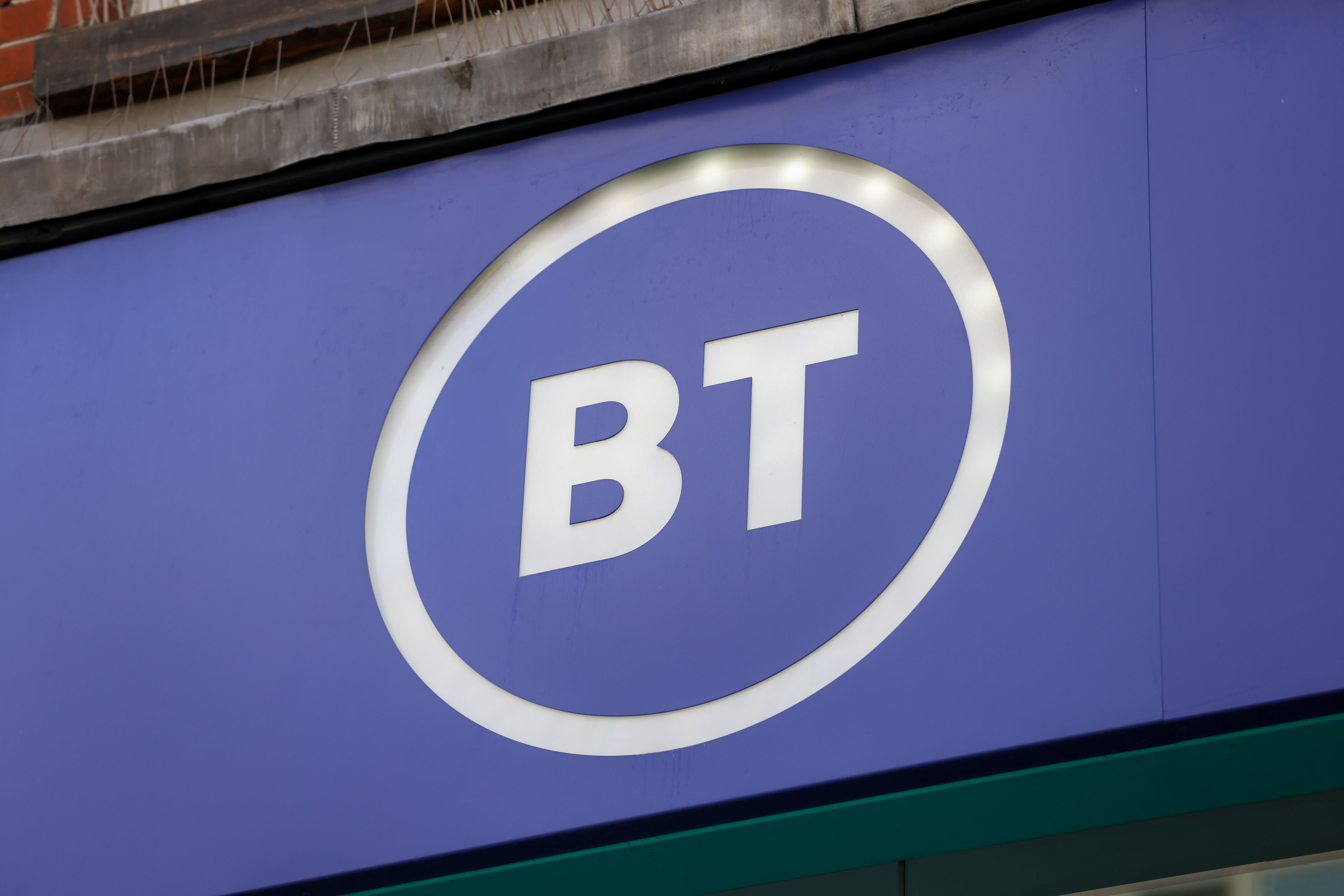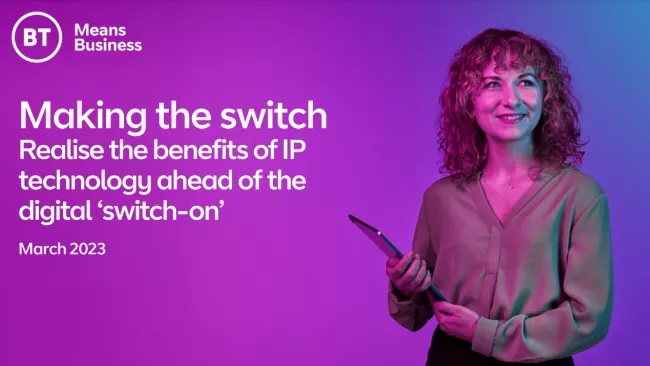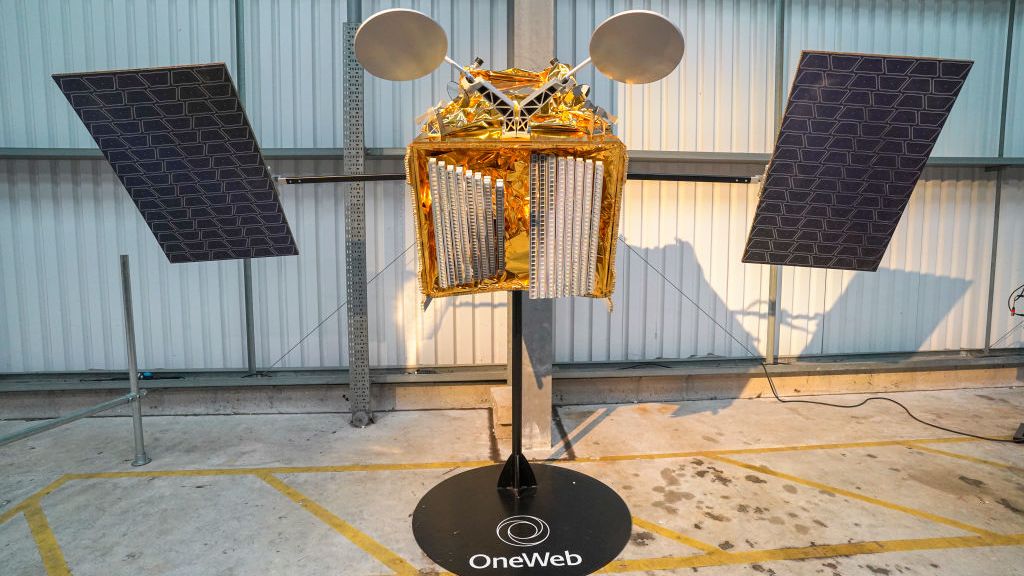BT, Nokia crack four carrier aggregation on a 5G network in first for Europe
The breakthrough marks the first successful use of such technology on a live network, and could lead to dramatic network improvements


BT and Nokia have announced the successful combination of four carrier components (4CC) in a 5G standalone network (SA), marking a major step towards greater 5G connectivity on its EE network and a first for Europe.
In a blog post, the telecommunications giant celebrated the successful test and the potential it carries for future networking. Carrier aggregation, in which multiple carrier bands are merged to form a stable connection, can provide dramatically improved bandwidth and speeds not capable on any of the carriers on their own.
The majority of 5G networks across the UK use existing 4G infrastructure, making them ‘non-standalone’. Successful implementation of BT’s new 5G SA would grant businesses and consumers widespread network speed improvement and open a new door for creative use of authorised bandwidths.
In another European first, the trial was successfully performed not only in lab conditions but also from a radio mast at BT’s Adastral park in Suffolk. Proof of a working 5G standalone network utilising 4CC is a major step forward for UK 5G, particularly as the team was able to run the 5G network on EE’s existing radio spectrum.
Pre-5G network standards such as LTE-A use carrier aggregation to combine up to five networks together to reach a total speed equivalent to ‘true 4G’. In the case of the announced tests, low and mid-band radio channels in the frequencies 2.1, 2.6, 3.4 and 3.6 GHz were combined using Nokia’s 5G radio access network and a MediaTek M80 5G modem.
“Our trial with Nokia is another demonstration of building the most advanced network for our customers,” stated Greg McCall, managing director of service platforms at BT.
“5G Standalone, coupled with edge compute, will unlock new opportunities for customers looking to develop new services. Furthermore, this technology showcases what’s possible for devices in the future in terms of supporting carrier aggregation, which is an important part of customer experience.”
Sign up today and you will receive a free copy of our Future Focus 2025 report - the leading guidance on AI, cybersecurity and other IT challenges as per 700+ senior executives
The rollout of the UK 5G network has seen several setbacks, most notably the government’s 2020 order for BT to remove all Huawei equipment from its core network by January 2023. BT has since stated that it may not be able to meet this target and has asked for an extension citing the impact of covid on the removal process.
There is also growing industry interest in the use of millimetre wave (mmWave), generally defined as the bands between 24-100GHz. BT EE has indicated that they are seeking whole market approval for mmWave, which offers high speeds and little interference, and is currently seeing success utilising the lower end of this spectrum for fixed wireless access such as in stadiums and conference centres.
However, Ofcom has yet to auction off the mmWave spectrum, and BT will face stiff competition from satellite operators when the time comes, with many questions remaining around the best use cases for the 40GHz band. Even as 5G is yet to be properly capitalised upon, the government is working towards 6G through programs such as its recently announced collaborative research scheme with South Korea.
Despite setbacks, BT has several plans in place to dramatically expand its 5G network as well as to boost network technology development. In May, it announced a partnership with Swedish multinational Ericsson to develop private 5G networks for commercial clients.
BT also signed a memorandum of understanding last year with UK satellite communications company OneWeb, in the interest of improving broadband reach for rural customers such as small to medium businesses (SMBs). OneWeb seeks to provide global broadband internet services by the end of 2023 through the use of its low earth orbit satellite constellation, and last month entered into merger talks with French satellite operator Eutelsat.

Rory Bathgate is Features and Multimedia Editor at ITPro, overseeing all in-depth content and case studies. He can also be found co-hosting the ITPro Podcast with Jane McCallion, swapping a keyboard for a microphone to discuss the latest learnings with thought leaders from across the tech sector.
In his free time, Rory enjoys photography, video editing, and good science fiction. After graduating from the University of Kent with a BA in English and American Literature, Rory undertook an MA in Eighteenth-Century Studies at King’s College London. He joined ITPro in 2022 as a graduate, following four years in student journalism. You can contact Rory at rory.bathgate@futurenet.com or on LinkedIn.
-
 Trump's AI executive order could leave US in a 'regulatory vacuum'
Trump's AI executive order could leave US in a 'regulatory vacuum'News Citing a "patchwork of 50 different regulatory regimes" and "ideological bias", President Trump wants rules to be set at a federal level
-
 TPUs: Google's home advantage
TPUs: Google's home advantageITPro Podcast How does TPU v7 stack up against Nvidia's latest chips – and can Google scale AI using only its own supply?
-
 Equinix acquires BT's Irish data centers in €59 million deal
Equinix acquires BT's Irish data centers in €59 million dealNews As BT moves to an asset-light business model, Equinix looks to expand
-
 BT just extended the PSTN switch-off deadline — here’s what you need to know
BT just extended the PSTN switch-off deadline — here’s what you need to knowNews BT described the move as a “revision”, citing a series of improvements to the wider PSTN switch-off programme
-
 BT misses key Huawei kit removal deadline, but the telco is “almost over the line”
BT misses key Huawei kit removal deadline, but the telco is “almost over the line”News BT is still reliant on non-compliant Huawei equipment for 2G and 3G services
-
 BT partners with HPE to deliver new global managed LAN service
BT partners with HPE to deliver new global managed LAN serviceNews The latest collaboration combines BT’s connectivity expertise with HPE Aruba Networking’s latest LAN solutions
-
 Making the switch
Making the switchWhitepaper Realise the benefits of IP technology ahead of the digital ‘switch-on’
-
 BT and OneWeb succeed in "game changer" satellite connection trial
BT and OneWeb succeed in "game changer" satellite connection trialNews Smaller businesses in rural areas could benefit from improvements to backhaul services using satellites, with speeds increasing by an order of magnitude
-

 BT Mini Whole Home Wi-Fi review: Value-conscious range extension
BT Mini Whole Home Wi-Fi review: Value-conscious range extensionReviews You shouldn’t expect top performance, but this dinky mesh system eradicates notspots for a great price
-
 BT unveils barrage of new business services
BT unveils barrage of new business servicesNews Company announces a 5G network, digital skills training and a return to the high street